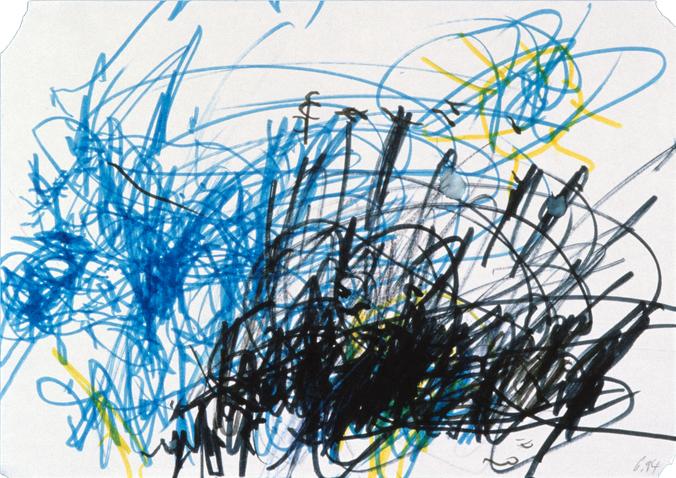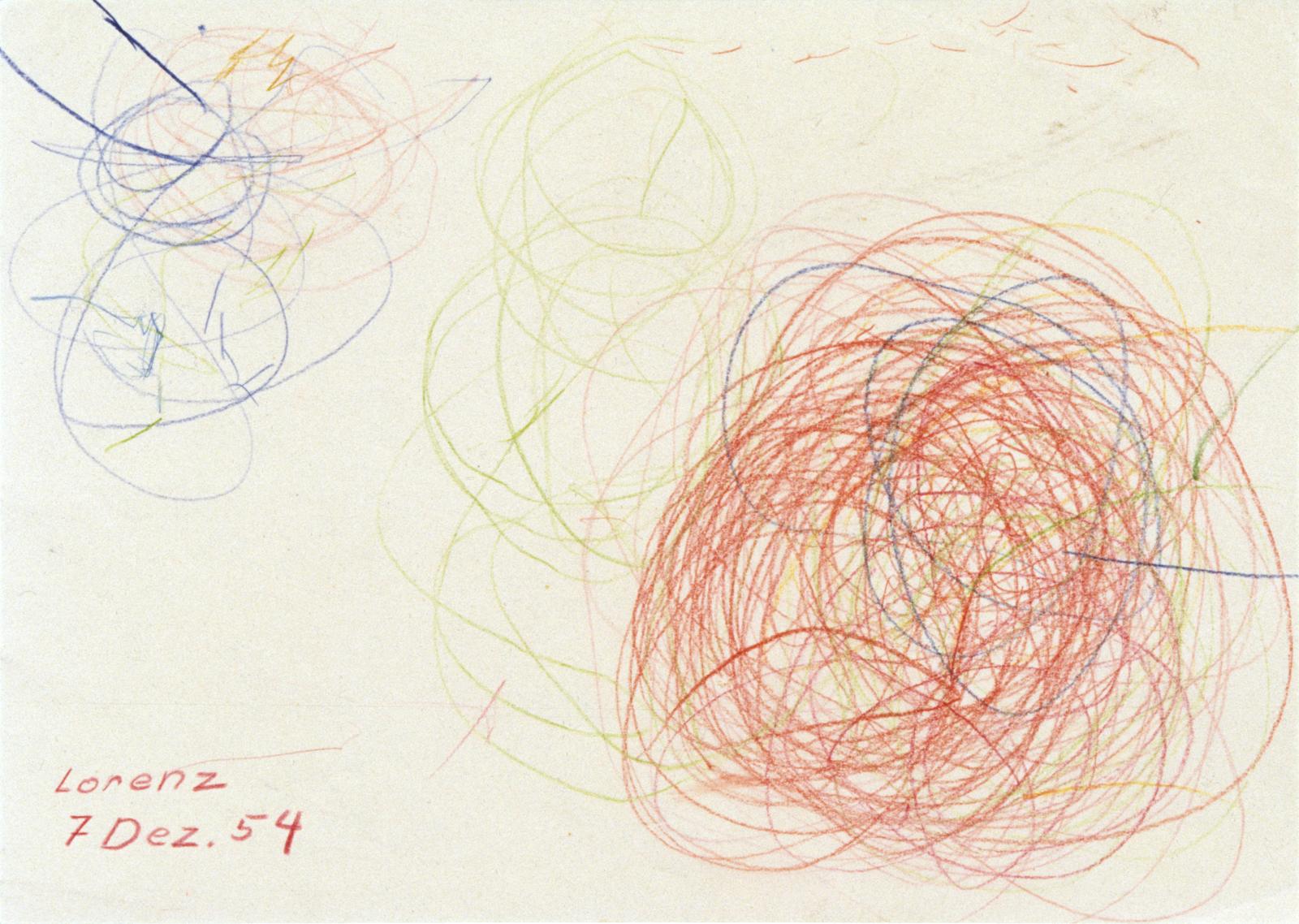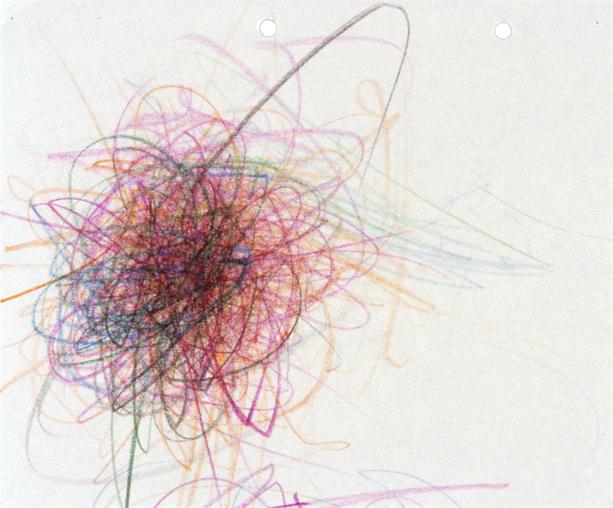EXPRESSION
Vol. 13, 2016
In picture genesis, the "abstract" precedes and enables depiction and coding
Some arguments and speculations based on the investigation of
early pictures in ontogeny
Dieter Maurer
Institute for Contemporary Art Research
Zurich University of the Arts, Switzerland
Figure 2
>> Back
Text
Because children do so, they rapidly advance in such formal production and understanding. In the same year, they overcome, or “get rid” of, the rhythmic character of their arm motor function (Figure 2): they slow down the movement and try to lead the pencil during the graphic action, until a single line appears. As they progressively succeed in doing so, they differentiate the course of the line by creating different line forms. At the same time, they start to vary some attributes of the graphic manifestations, such as size and extension of graphic movements. They also start to link different line forms. Further, they start to organise single graphic manifestations into simple types of topological arrangements, such as scattered, overlaid, or forming angles. Finally, they also relate to the visual effect of the colour, e.g., by producing multiple contrasts or by emphasising a specific colour in terms of a very dense application.
Figure 2
Illustration of pictures of children (age range = second half of year 2), representations of:
(a) Differentiation of line forms ("rooving line", spiral, zig-zag)
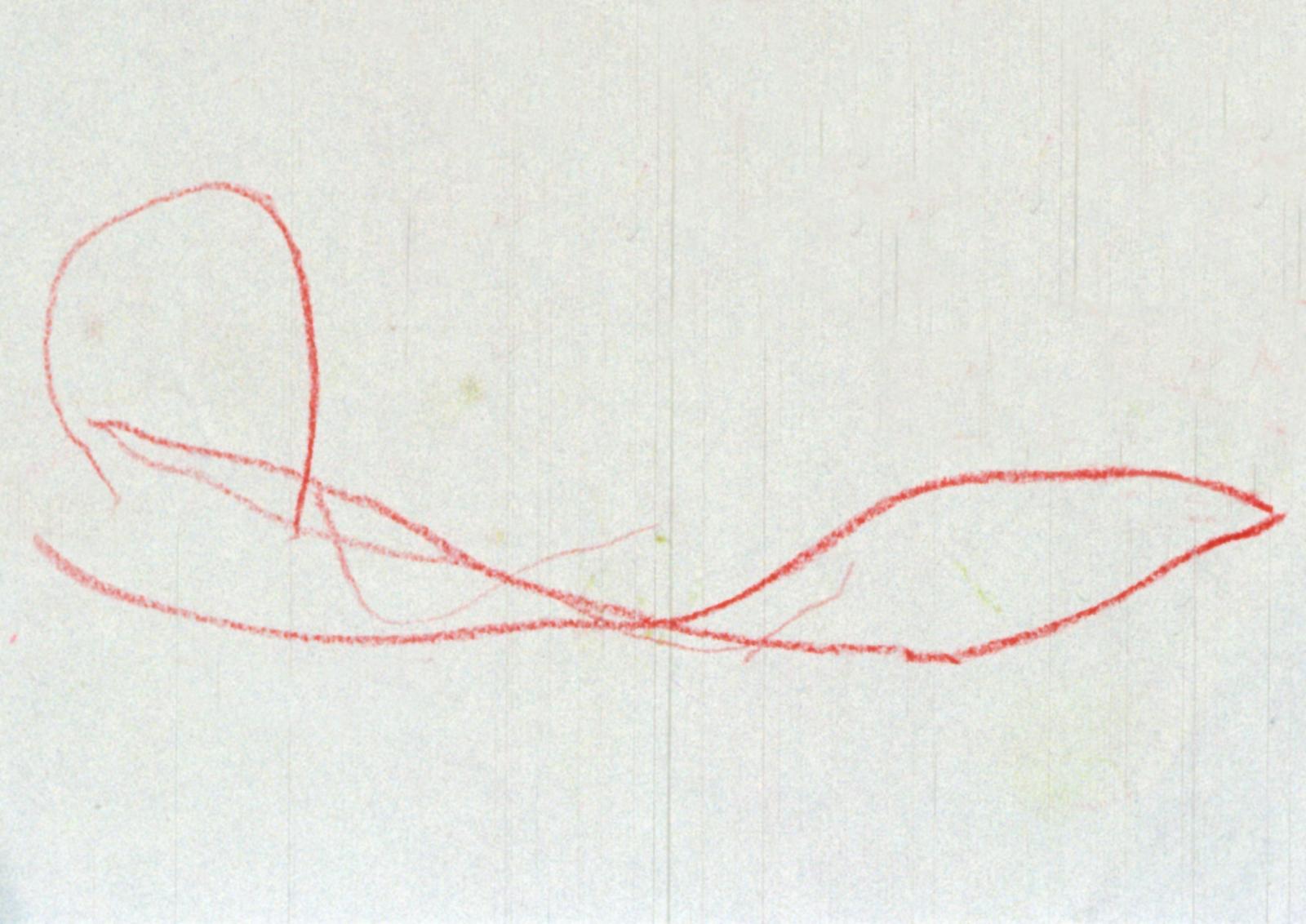
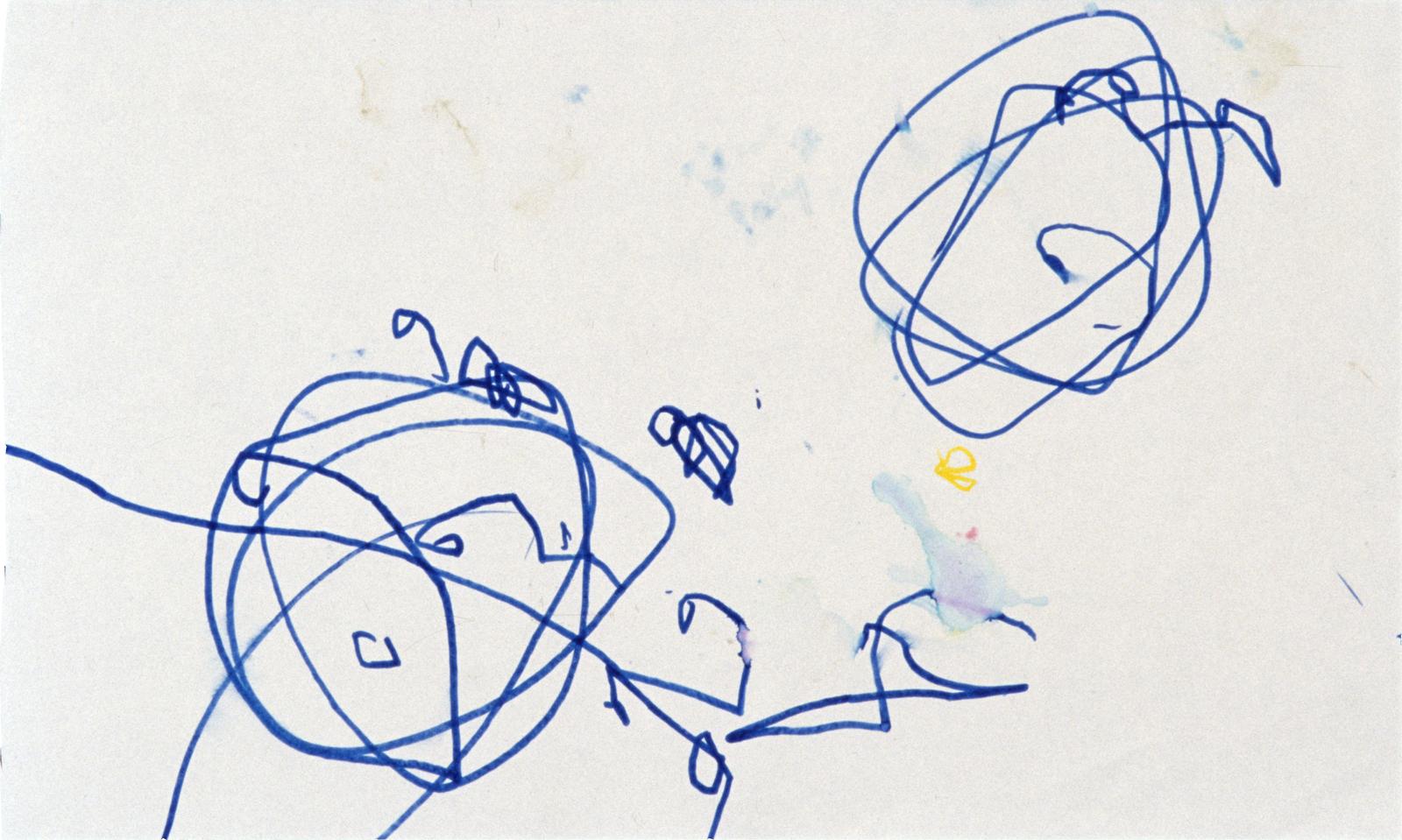
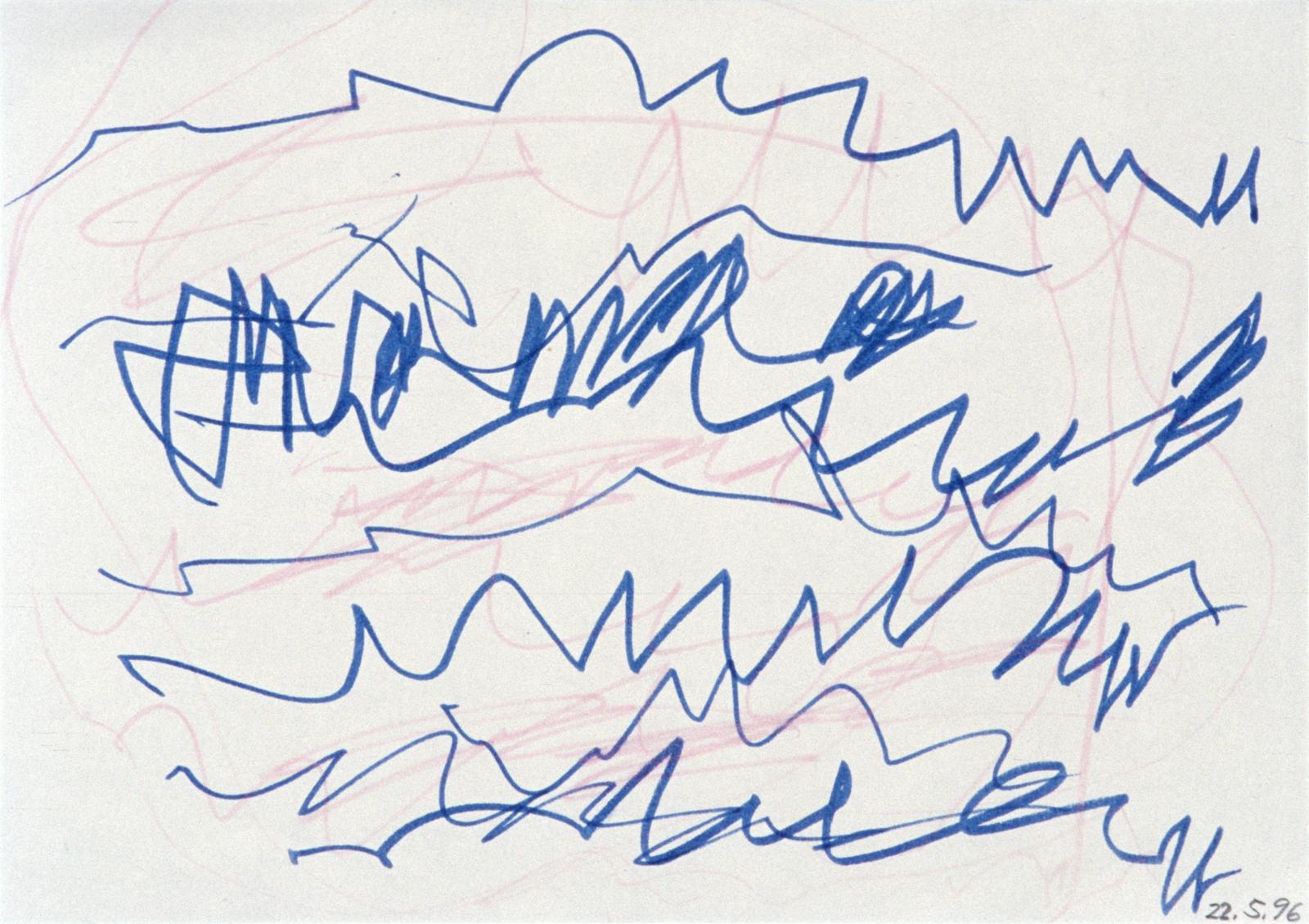
(b) Variations of attributes such as size and extentsion of graphic movements
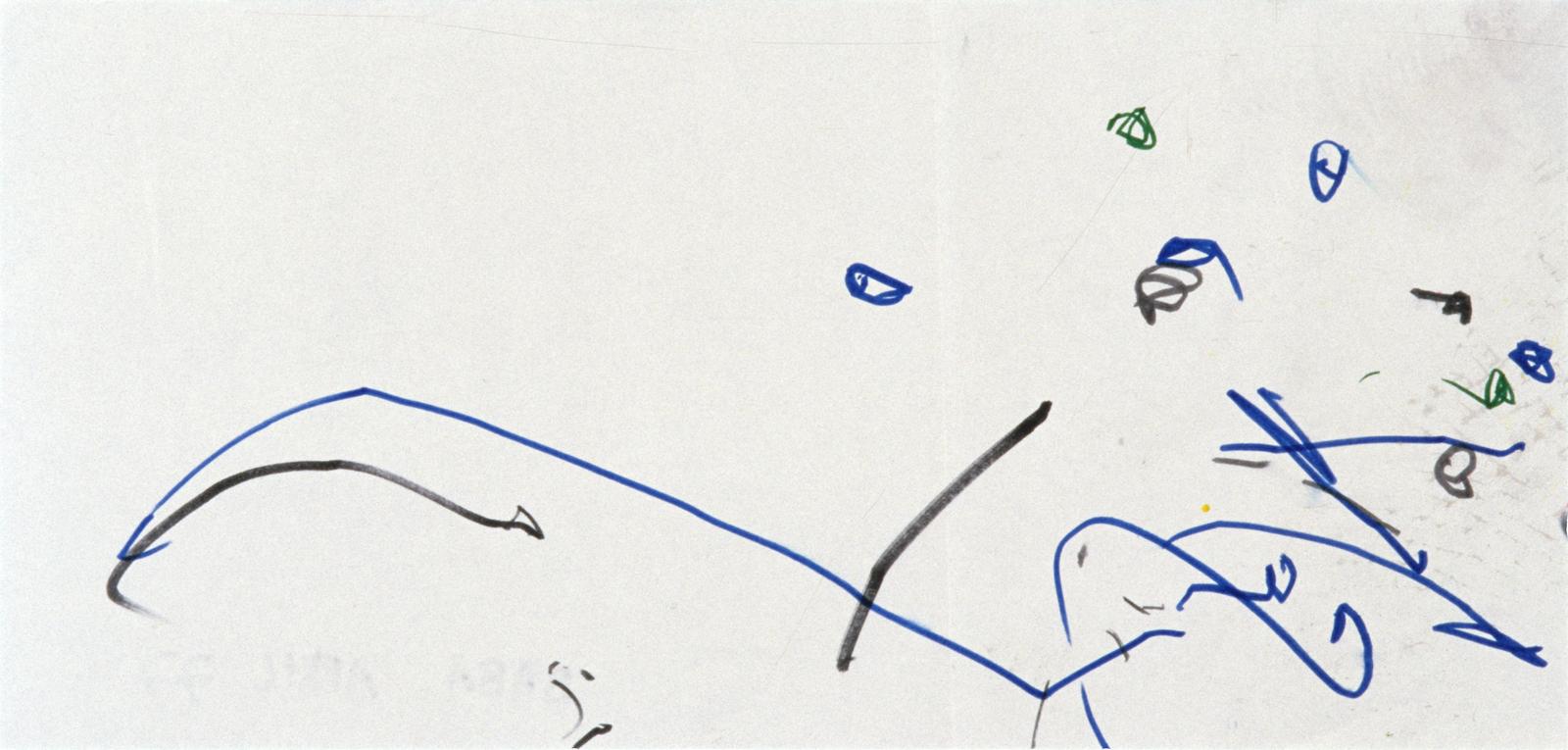
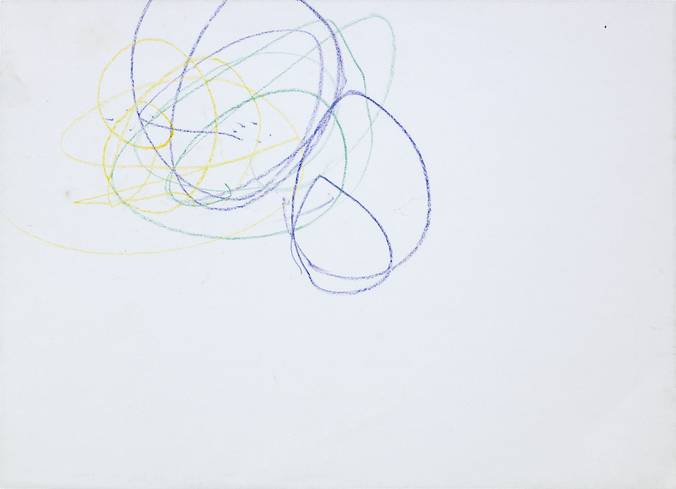
(c) Linking different line forms
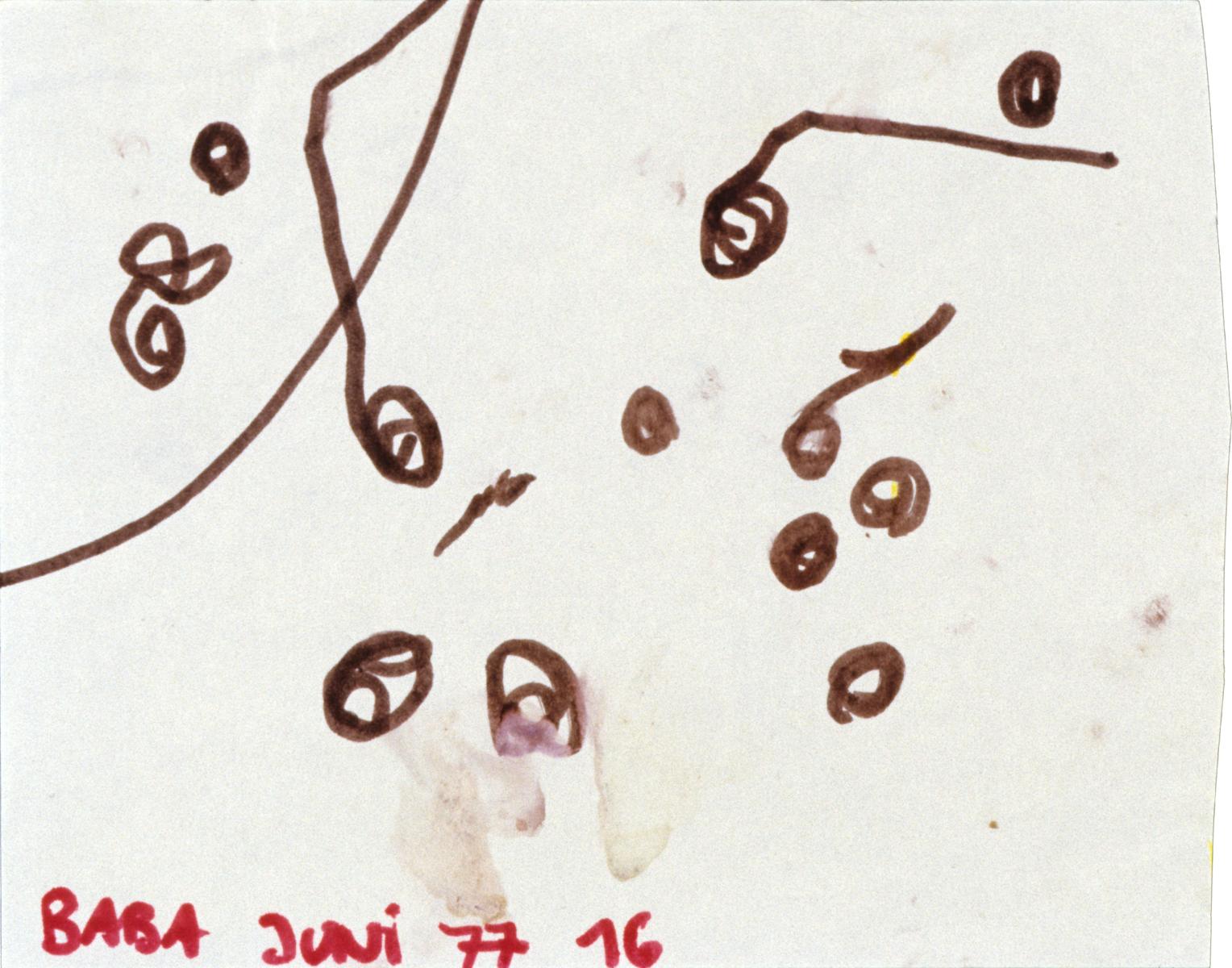
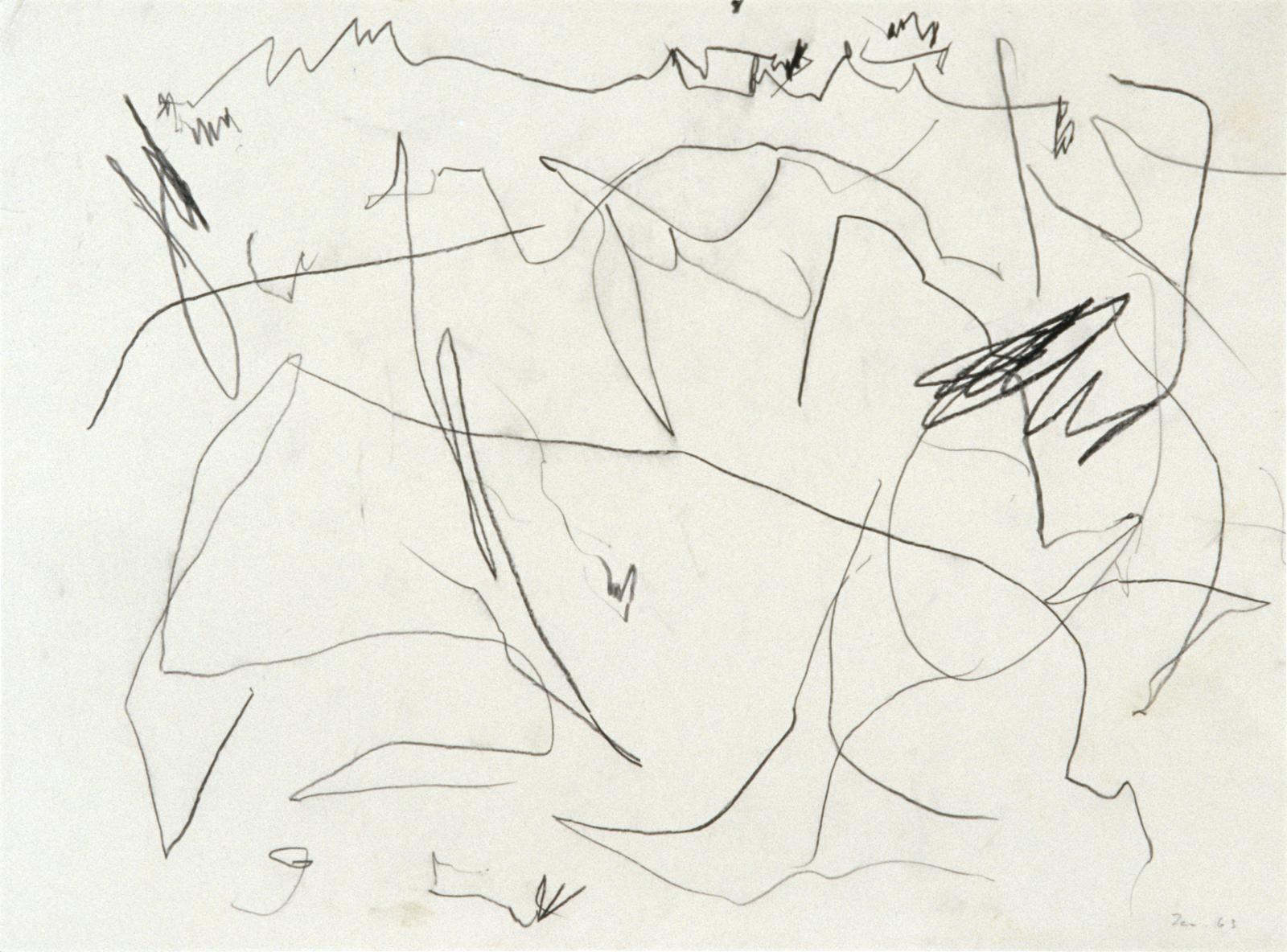
(d) Simple types of topological arrangements, such as scattered, overlaid, or forming angles.
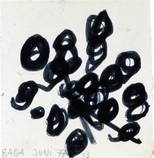
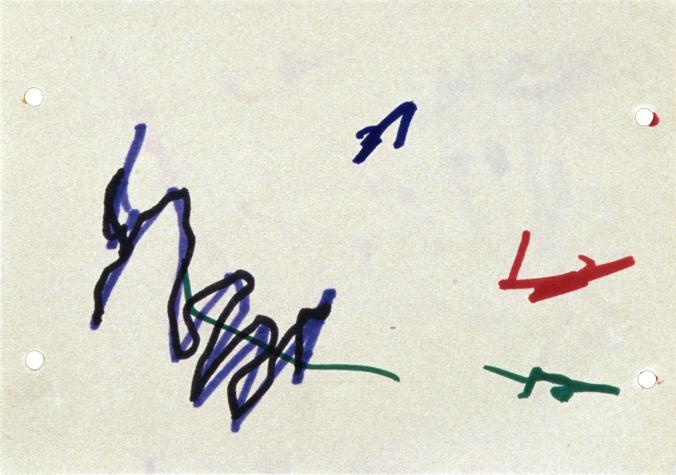
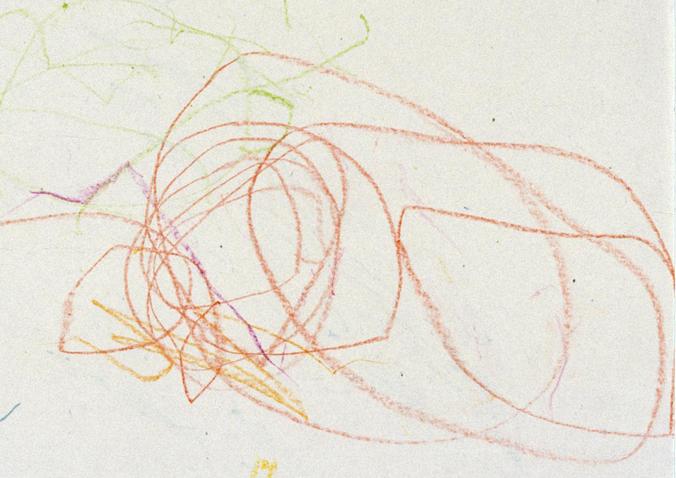
(e) Visual effect of the colour such as multiple contrasts or emphasising a specific colour in terms of a very dense application
